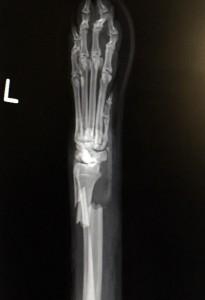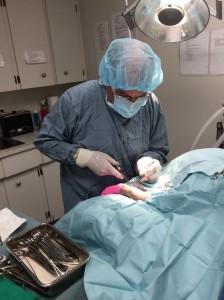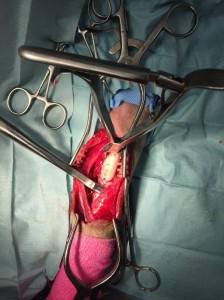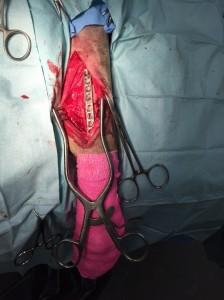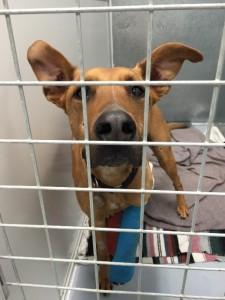Summer is fast approaching and so are thunder storms. Many pets have real fear and anxiety during thunderstorms. They can easily perceive different smells in the air, changes in air pressure, changes in your own body language and routine, and of course the loud thunder and bright lightning.
This is a very common and very real anxiety that can make life miserable for your dog or cat.
Ways to Help:
1. Supplements and pheromones.
• Zylkene is a non-prescription supplement that is derived from milk but is hypoallergenic and lactose free. This supplement causes deep relaxation and decreases anxious reactions to thunderstorms and other stressful situations. It is easy to give once daily in a capsule (or powder if opened). It is safe and has no side effects.
• Pheromones are scents/essences that are derived from dogs or cats and naturally cause relaxation and a feeling of well-being. These pheromones are released by the mother dog to her puppies to make them feel relaxed when she is away.
• Calm Food by Royal Canin Veterinary line of pet foods. This food has similar ingredients to Zylkene and has a natural calming, anti-anxiety effect.
2. Comforting sounds and activities.
• Some dogs only need to know you are there to comfort them. Take them outside during a storm and be re-assuring. Make it a positive experience and don’t show any anxiety yourself.
• Recordings of storms are available, such as Sound Scary. These can be used in a progressive, controlled manner with positive reinforcement to train your dog.
• Some dogs find comfort under a “security blanket” or with a snug shirt that swaddles them. Make sure that he or she doesn’t overheat.
3. Prescription anti-anxiety medications.
• Some dogs become very frantic and are at risk of doing serious harm to themselves and anything around them. These dogs need more than a calming voice. Many need to be seen by a veterinarian and prescribed anti-anxiety medication.
• Please contact us for more information.
Don’t take thunderstorm phobia lightly, even if the problem seems minor in your dog. This is a major problem that calls for intelligent handling at the first sign. Treat storms as a routine part of life, nothing to fear, and even perhaps occasion for some special times. Do these things before your dog ever shows signs of phobia, and perhaps you’ll never experience a serious case.


